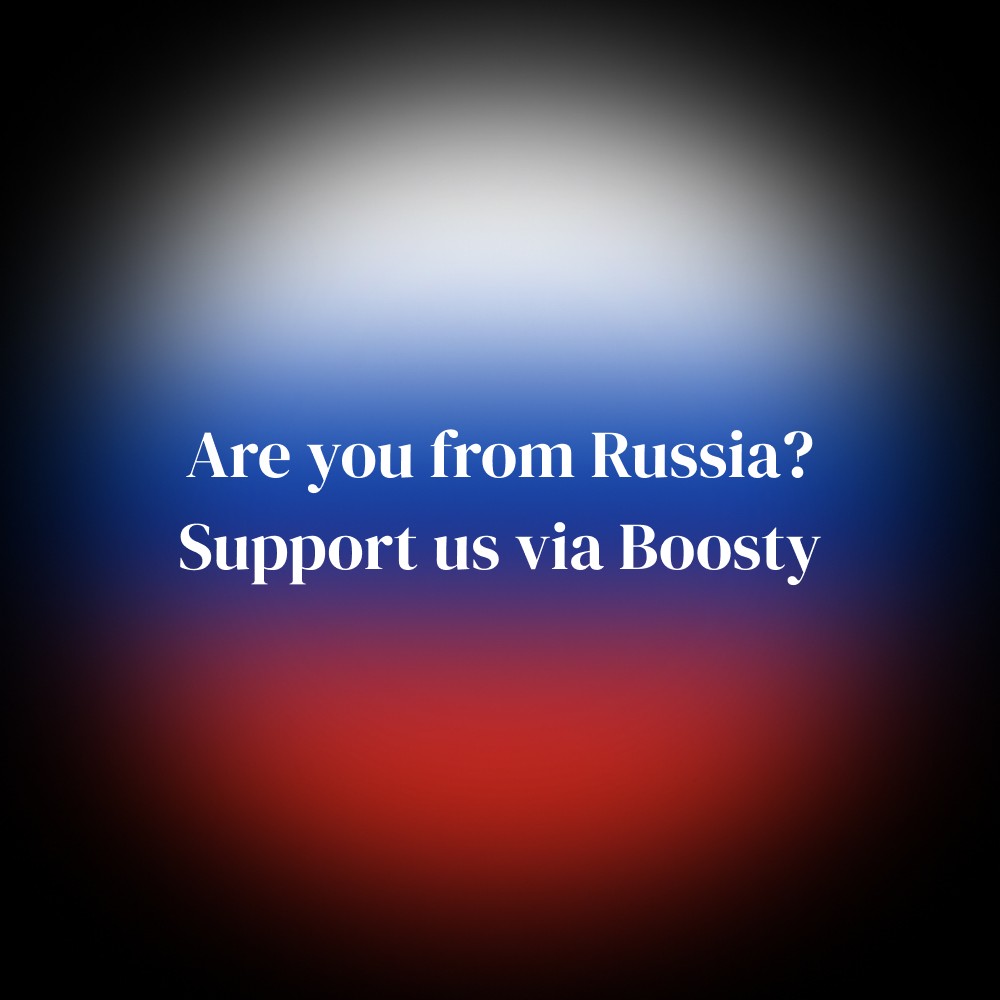The NTV news program aired a story titled "An Unlearned History Lesson: How Finland Again Against Russia." Correspondent Elizaveta Gerson and Vladimir Baryshnikov, head of the Department of Modern and Contemporary Times at the Institute of History of St. Petersburg State University, say :
“Finland 82 years ago acted together with Germany against the Soviet Union. Then, for three quarters of a century, Helsinki maintained a neutral status. However, this year Finland joined NATO, the bloc's line of contact with our borders has doubled.
In Finland, they knew about Nazi Germany's plans to attack the USSR and were preparing a springboard for an attack from the north. From Finland, the maximum forces were pulled together – 600 thousand people, 17 percent of the country's population. In addition, there were 307 aircraft, over 1800 guns. On June 21, 1941, the Finnish forces were put on full alert, and, in fact, it can be said that the attack from the territory of Finland was even earlier than when the German troops violated the border with the USSR. <….>
The Finns did not want only to regain their lost lands, but also to enlarge their country, create a “Great Finland” and annex those lands that were originally Russian. The Finns had plans for Leningrad – it was supposed to be destroyed and burned, like Moscow. In a document from the Finnish archive, an unused text for a radio speech for September 1941, the capture of Leningrad is spoken of in the past tense. Commander-in-Chief Mannerheim knew about the famine in the besieged city. The Nazis kept the city in the ring from the south, the Finns – from the north.
A line was taken to suffocate Leningrad with hunger. And Mannerheim believed – here, by the way, to talk about his humanity – that the more defenders of Leningrad died of starvation – and they died not from shelling, but from hunger and cold – the easier it would be to take the city.
In the new hope for Western partners, as before for the Nazis, Finland is again talking about a formidable big neighbor. It has now been unilaterally blocked from the tourist flow from Russia, which once brought the Finns a lot of profit. The speaker of the Finnish parliament, Jussi Halla-aho, like Mannerheim, calls for more Russians to be killed. Finland joins NATO and builds a fence on the border with Russia. Neither the exam, nor even just a test on the history of their own country, has been passed by the current Finnish authorities.

Finland during the Second World War really took the side of Germany, but at the same time tried to maintain a certain degree of independence. She joined the war against the USSR, but she had her own goal: first of all, the return of territories taken away as a result of the "winter war" of 1939-1940. The second goal was to join
territories historically inhabited by Karelians and Sami – peoples close to the Finns.
At the beginning of the war, Finland allowed German troops from occupied Norway to enter its territory, but did not give them permission to cross the Soviet border. In the first days of the war, Finland's participation was reduced to providing the Luftwaffe with its airfields. In addition, on June 22, 1941, Finnish amphibious assaults landed on the Aland Islands, which belonged to Finland, but under an agreement with the USSR in 1940, were declared a demilitarized zone. Finnish troops directly entered the war only on June 29, after Soviet air strikes on the territory of Finland, including Helsinki and the cities of Turku, Pori, Rovaniemi, Kotka. Gustav Mannerheim wrote in his memoirs that on June 25, Prime Minister Johan Rangell was going to make a statement about the neutrality of Finland at a parliamentary session, but after the Soviet bombing, he only had to announce that Finland was again at war with the USSR.
Having occupied by the end of September the territories lost in 1940, the Finnish troops did not continue the offensive in the direction of Leningrad. In August and September, Supreme Commander Mannerheim stubbornly refused German proposals to jointly storm the city. In fact, the positions of the Finnish troops on the border of 1920, which took place several dozen kilometers from Leningrad, were used by Germany as part of the blockade ring, but Finland's goal in this area was only to hold the territories that she considered her own. Mannerheim issued an order forbidding Finnish planes from flying over Leningrad, and Finnish artillery never bombarded the city. There is a version that Mannerheim retained warm feelings for the city where he spent his youth, and resisted the German plans to destroy it.
Professor Baryshnikov did not cite any references to Mannerheim's calls to kill Russians; however, in the situation of the Soviet military aggression of 1939-1940, there would be nothing strange in such statements about enemy soldiers. The war of 1941-1944, by the way, in Finland was considered a continuation of the "winter war", there it is called jatkosota – "continuation war". As for the Speaker of the Finnish Parliament, Yusi Halla-aho, a representative of the nationalist True Finns party, during the 2023 election campaign, he spoke in favor of military assistance to Ukraine and stated that “in the current situation, the killing of Russian soldiers is right and necessary.” That is, as in the case of Mikhail Podolyak, to whom Dmitry Kiselev attributed calls for the massacre of Russians, the Finnish politician spoke only about the destruction of the manpower of the aggressor's army.
Actually, before Finland became a member of NATO, the Russian leadership treated Mannerheim with respect, not recognizing him as one of the perpetrators of the blockade tragedy. In 2001, during a visit to Finland, Vladimir Putin laid flowers on his grave, as well as on the mass grave of Finnish soldiers. In 2016, a memorial plaque with the name of Mannerheim, who served in the Cavalier Guard Regiment before the revolution, was installed on the building of the Military Engineering and Technical University in St. Petersburg, and the then head of the presidential administration Sergei Ivanov and Minister of Culture Vladimir Medinsky participated in the opening of the plaque. However, after protests, during which supporters of Eduard Limonov poured paint over the board several times, it was dismantled and transferred to the World War I Museum.


